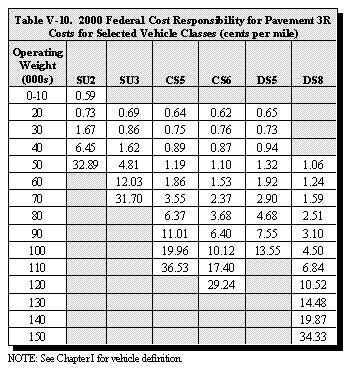Lex Anteinternet: Subsidiarity Economics. The times more or less loc...: Our lifestyle, our wildlife, our land and our water remain critical to our definition of Wyoming and to our economic future. Dave Freudentha...
From that thread:
December 14, 2023
We can’t reverse market trends, but we can be prepared. Blaming OSMRE — or, more ridiculously, President Biden — only provides another distraction as Wyoming politicians continue to whistle past the graveyard, averting our attention from planning for our future — a new lower-carbon economy that is coming whether we like it or not.
Bob LeResche former Alaska Commissioner, former Executive Director of the Alaska Energy Authority, in the Casper Star Tribune, December 14, 2023.
I used the same phrase, "whistling past the graveyard" here recently at least twice.
But some, it would appear, are not:
This will likely spark outrage in certain quarters of Wyoming, particularly in the GOP far right. There were howls of derision concerning Governor Gordon's statements that Wyoming needs to plan for a carbon neutral future. But that future is coming. Moreover, what this demonstrates is that there are quarters of Wyoming, and Wyomingites, who see things much differently. Fremont County does have an interesting mix of residents, people who have retired there, people who have moved there (which includes everywhere else in Wyoming now), people who work in oil and gas (and live mostly in Riverton), people involved in outdoor industries, and residents of the Reservation. Lander is the county seat, and borders the Reservation, but it is not an oil town. The same resolution would likely pass easily in Jackson, maybe Pinedale, and Laramie. Cheyenne? It might.
What about Evanston?
Well, probably, maybe, not, but Evanston is mad at the Wyoming Department of Transportation's plan to put in a semi tractor/trailer parking lot that will hold over 350 trucks and trailers during emergencies. They don't like it, even though not all that long ago, almost any Wyoming Interstate highway town would have just shrugged their shoulders and figured that some of those truckers would at least order pizzas while stranded.







































